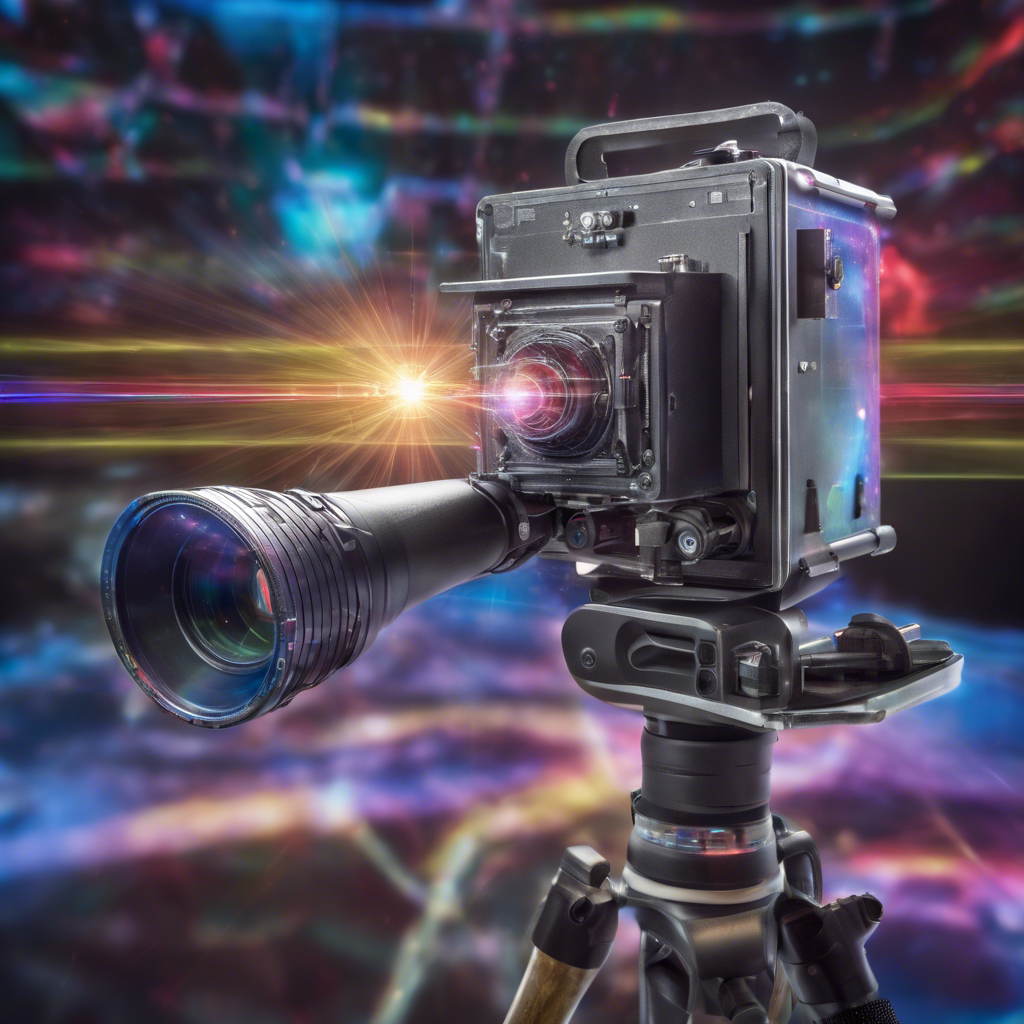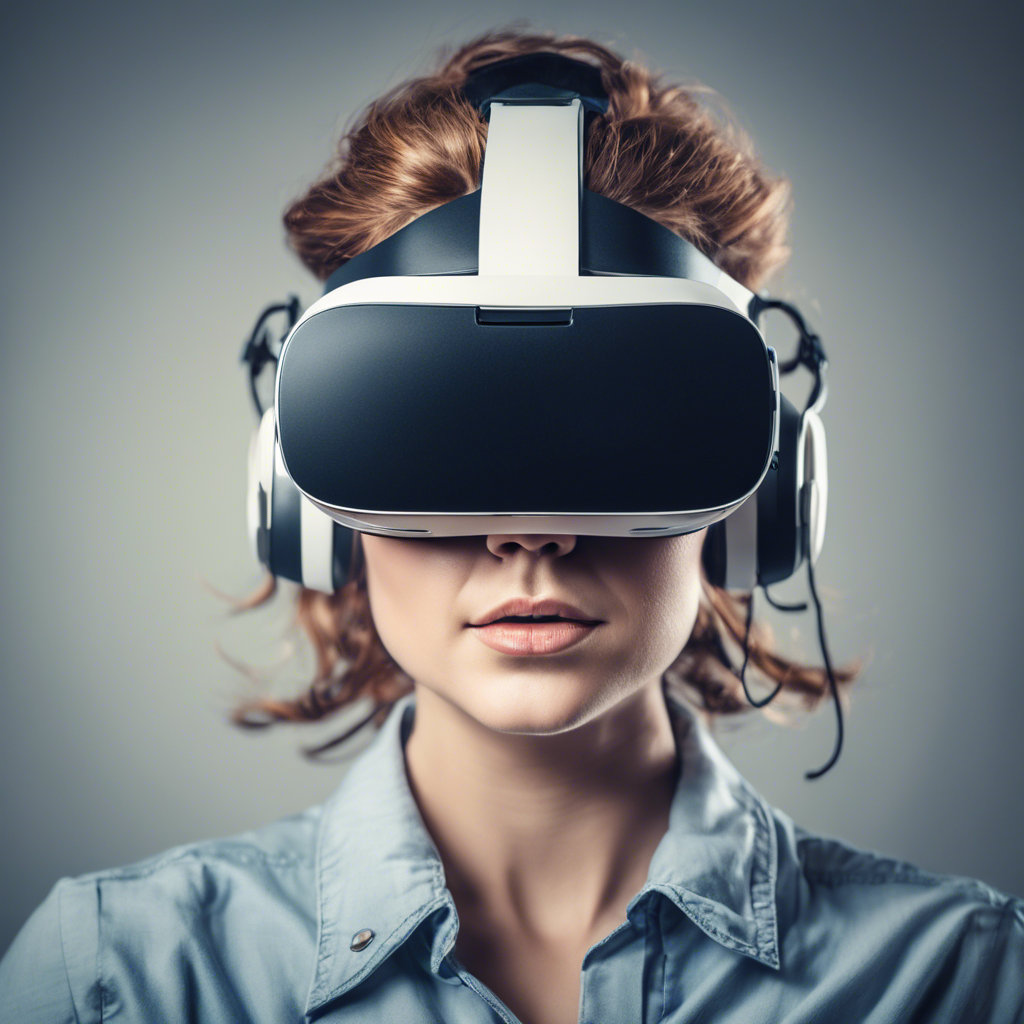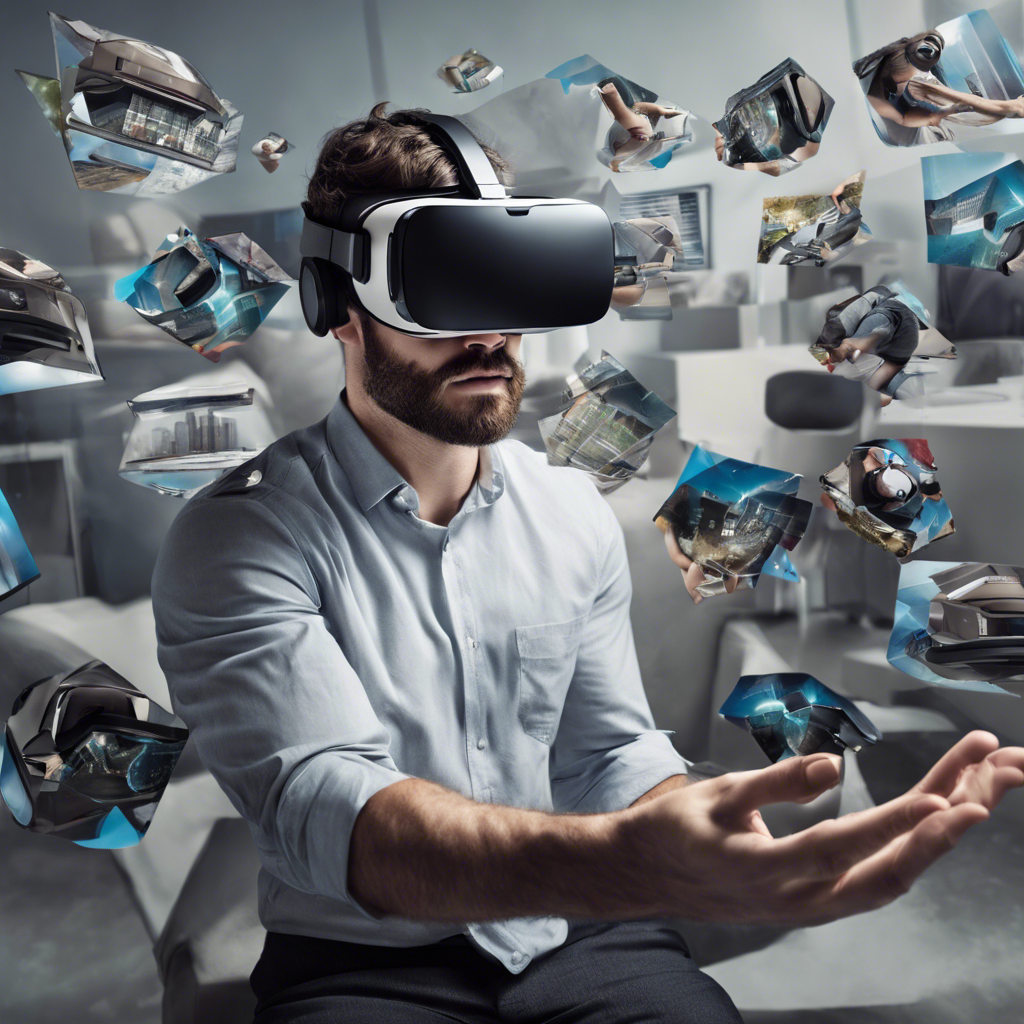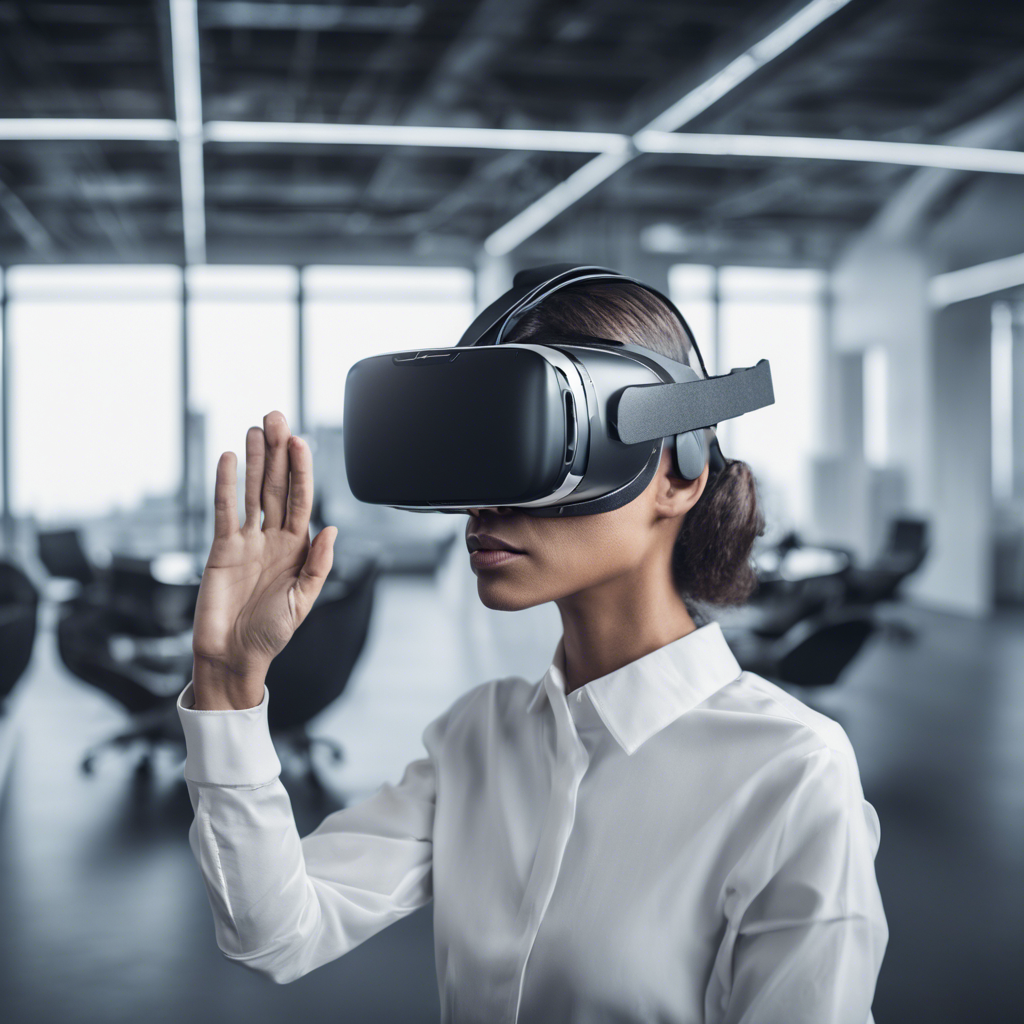Cutting-Edge Technology Transforms Learning and Entertainment Experiences
In a groundbreaking development, researchers at the University of Maryland have harnessed the power of holographic technology to capture people’s movements in three dimensions. This innovative holographic camera has the potential to revolutionize the fields of training, education, and entertainment, offering immersive and interactive experiences like never before. With its ability to recreate realistic environments and scenarios, this technology has the potential to transform the way we learn and entertain ourselves.
1: The Birth of Holographic Camera Technology
This holographic camera technology has been developed by a team of skilled developers at the University of Maryland. By using cutting-edge techniques, they have successfully created a device that can capture and reproduce human movements in three dimensions. This breakthrough has opened up a world of possibilities for various industries, from training and education to entertainment.
2: Transforming Training and Education
One of the most significant applications of this holographic camera technology lies in the realm of training and education. By capturing movements in three dimensions, this technology enables users to immerse themselves in realistic, simulated environments. For example, medical students can practice complex surgical procedures in a virtual operating room, allowing them to refine their skills before working on real patients. Similarly, firefighters can train in virtual environments that simulate various emergency situations, preparing them for real-life scenarios.
3: Enhancing Entertainment Experiences
The holographic camera technology also promises to revolutionize the entertainment industry. With the ability to capture movements and create lifelike holographic representations, this technology opens up new avenues for interactive and immersive entertainment experiences. Imagine attending a concert where your favorite artist appears on stage as a hologram, performing alongside virtual band members. Or picture yourself stepping into a virtual reality game where you can physically interact with characters and objects, blurring the line between the real and virtual worlds.
4: Potential Challenges and Ethical Considerations
While the holographic camera technology holds immense potential, there are also challenges and ethical considerations to address. Privacy concerns arise when capturing and reproducing individuals’ movements in three dimensions. Striking a balance between technological advancements and individual privacy rights will be crucial. Additionally, the cost of implementing this technology on a large scale may be a barrier to its widespread adoption. Overcoming these challenges will be essential for the successful integration of holographic camera technology into various industries.
5: Future Implications and Possibilities
Looking ahead, the future implications of holographic camera technology are vast. As the technology continues to advance, we can expect even more realistic and immersive experiences. From medical simulations to architectural design, from virtual tourism to remote collaboration, the possibilities are endless. This technology has the potential to reshape the way we learn, entertain, and interact with the world around us.
Conclusion:
The holographic camera technology developed by the University of Maryland represents a significant leap forward in training, education, and entertainment. By capturing people’s movements in three dimensions, this technology offers immersive and interactive experiences that have the power to transform various industries. While there are challenges and ethical considerations to address, the potential benefits are vast. As we move forward, it is essential to strike a balance between technological advancements and ethical considerations, ensuring that this groundbreaking technology is used responsibly and for the betterment of society.











